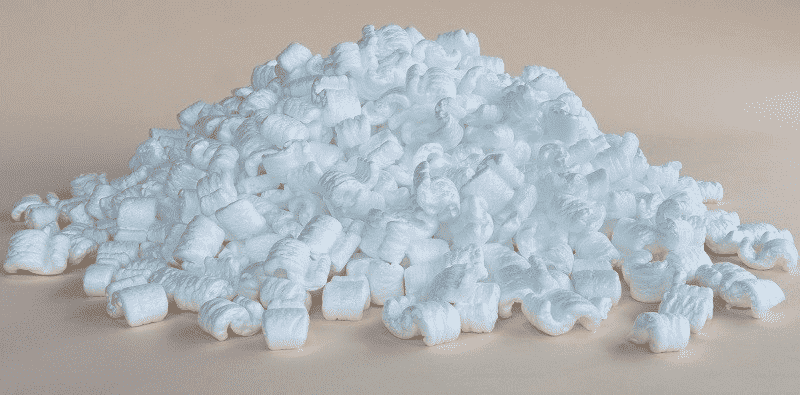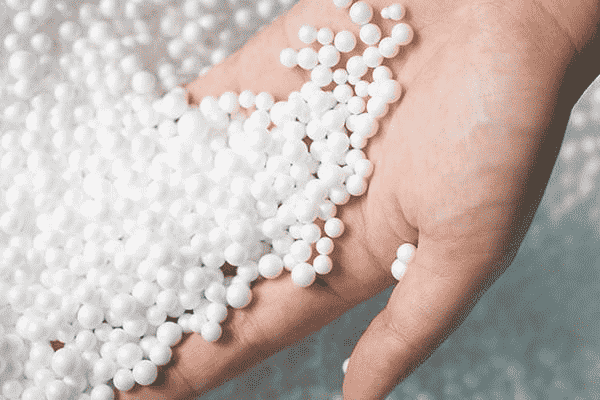Plastic foams used in construction are made of polystyrene foam. Water does not pass through these materials, however, it is proven experimentally.
Equipment needed to test water absorption
You need a scale with an accuracy of 2 decimal places. This scale must bear the weight of. To keep the sample underwater, a fixture measuring 15.2 by 15.2 cm is needed. This fixture needs to be such that it does not hold water inside and the weight of this product is about 2500 grams.
Immersion tank
The tank must be selected so that it can have a minimum hanging weight of 3 specimens horizontally. The water in the distilled water tank should be 1.5 cm above the samples. Its temperature will be 50 degrees Celsius.
Water absorption test in polystyrene plastic foams
Three tests must be performed to absorb water in polystyrene plastic foams. The dimensions of the specimen are 15.2 cm in length and width and 7.6 cm in thickness, and it can be used if the thickness of the specimen is less than 7.6 cm.

Testing water absorption
Water absorption test method of polystyrene plastic foams
Place the specimens in a heat box with a circulating fan at 50 ° C for 24 hours. Remove the specimens and place them in a desiccator to cool and record their weight. After a while, return them to the machine and keep them for 4 hours. Take them out again and put them in the desiccator and weigh them again. If they weigh less than 0.01 grams, your test is ready.
Put the fixture to which you attach the specimens in water and immerse it in water up to 1.5 cm. Eliminate bubbles. Measure the weight of the fixture in both immersion and non-immersion modes. Measure the weight of the specimens when dry, immersed, and after 96 hours.
With this test, the waterproof property of polystyrene plastic foams can be tested and the apparent density of plastic foams can be determined. With this method, the apparent density of polystyrene foam with glass transparency can also be determined. The adhesion and tensile strength of polystyrene foam materials are determined by this method.
The purpose of this adsorption test is to determine the water absorption of polystyrene used in plastic foams.
Studies have shown that polystyrene foam absorbs water after 96 hours of immersion. Some plastics absorb more water when immersed than others.
High Impact Polystyrene (HIPS)
High Impact polystyrene or HIPS is a chemical that is produced in foam or solid form. With these materials, many plastic materials such as bottles, disposable containers are produced. This material can also be used in print applications.
Sale of phthalic anhydride (PA)
With this material, many plastic softeners can be prepared. It has commercial use and you can buy this material from Moheb Baspar company.
Applications
Phthalic anhydride is a toxic, white substance used in the manufacture of paints, insecticides, resins, and phthalates. It is also used to produce all kinds of plastics. Phthalic acid can also be prepared with this substance. Moheb Baspar Company sells this material in bulk at a reasonable price.

Phthalic anhydride
Sales of Dioctyl Phthalate (DOP)
Dioctyl phthalate (DOP) is a well-known chemical used in various industries. To increase the strength of plastic materials, other plastic raw materials are combined with this material to finally prepare durable plastic materials. Moheb Baspar Company sells this material at a reasonable price and in bulk.
Buy General Purpose Polystyrene (GPPS)
General Purpose Polystyrene (GPPS) is resistant to many environmental factors such as heat, humidity, and cold. This substance is used in many cases. This material can be converted to plastic at 190 to 230 degrees Celsius. You can buy this material at a reasonable price and in bulk from Moheb Baspar Company.
Conclusion
The water absorption test of polystyrene plastic foams can determine the water absorption of plastic raw materials. In this test, it is necessary to keep the plastic materials underwater for different periods and measure their weight for the last time after 96 hours. The adhesion and tensile strength of plastic materials are determined by this test.

